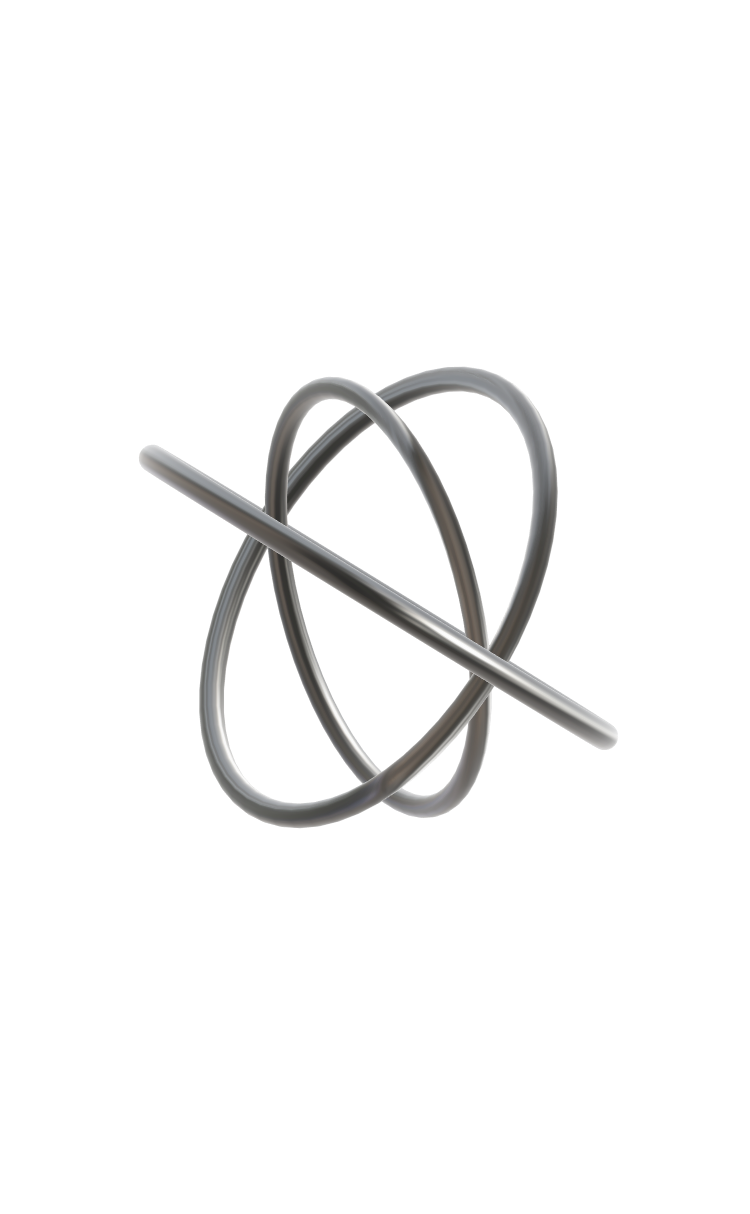The client wanted to create NFTs to sell fractional ownership of cars starting with the Lamborghini Mansory Urus. The Mansory Urus drop was going to be composed of NFTs featuring different attributes and environments, with a photoreal 3D digital model of the car. The client retained CXRto scan the car so that it could be leveraged to create different textures on the car with different environments and attributes.
Scanning a Lamborghini Mansory Urus for an NFT using handheld volumetric capture.
Scanning a Lamborghini Mansory Urus for an NFT using handheld volumetric capture.
CLIENT
ZELTO LAMBORGHINI
DISCIPLINES USED
- Volumetric Capture Technology
- 3D Scanning and Modeling
- Artec 3D Scanners (Leo and Spider)
- 3D Rendering and Optimization
- Digital Texturing and Painting
- Unity
PROJECT
Scanning a Lamborghini Mansory Urus for an NFT using handheld volumetric capture.
THE BACKGROUND
THE CHALLENGES
Scanning a Lamborghini car posed several challenges. The car is large and has intricate details and sharp angles, which made it challenging to scan a detailed and accurate model of the car. Additionally, the car was painted a glossy black with carbon fiber detailing which proved challenging for the computer vision of the 3D scanner which relies on light to detect where the object exists in front of it.
SOLUTION
To create a high-quality photoreal 3d Model of the Lamborghini Mansory Urus, CXR used Artec 3D Leo and Spider cameras. The team positioned the scanners carefully to capture the car from all angles, and used a specialized spray to reduce the reflective properties of the car. This allowed for accurate scans of the car's details to be captured.
FEATURES / PROCESS
Creating the Digital Twin
Using Artec 3D scanners (Leo and Spider), we captured intricate details of the car's interior and exterior surfaces. The extensive data was transformed into a precise 3D model, reflecting the superiority of the Lamborghini.Overcoming Reflective Surfaces
While scanning, we encountered a challenge with the car's black and glossy exterior. The scanners struggled with its reflective texture. Our initial solution was using an anti-reflective spray, which helped resolve the reflectivity issue but introduced a new challenge.The Optimization Process
Our 3D team meticulously reviewed the initial renderings. Through optimization, we created precise representations of the vehicle, achieving a clean and streamlined 3D model that faithfully mirrored the physical counterpart.Texturing Challenges & Resolution
The anti-reflective spray unintentionally altered the car's texture. Our dedicated design team responded by meticulously retexturing the car to achieve the client's desired outcome. Through digital painting and texture addition, we successfully restored the distinct look and glossy finish of the Lamborghini Urus.Technical Execution with Unity
To assemble the 3D model, our team used Unity, a powerful game engine known for creating interactive 3D models. By stitching together the scans within Unity, we achieved a seamless and complete 3D model of the car. This final product served not only for a unique NFT collection but also for providing an immersive web-viewing experience on the NFT website's homepage.
Results
The final output was a high-quality 3D model of the Lamborghini car with accurate details and texture that could be used in the creation of an NFT. The model captured the intricate details of the car and accurately represented its dimensions and shape. Overall, CXR's expert team was able to overcome the unique challenges of this project and deliver a stunning result.
Now Let’s See
What We Can Do For You
Get started today. Or if you want to get to know us a little better, that’s cool too. Click here to learn more
